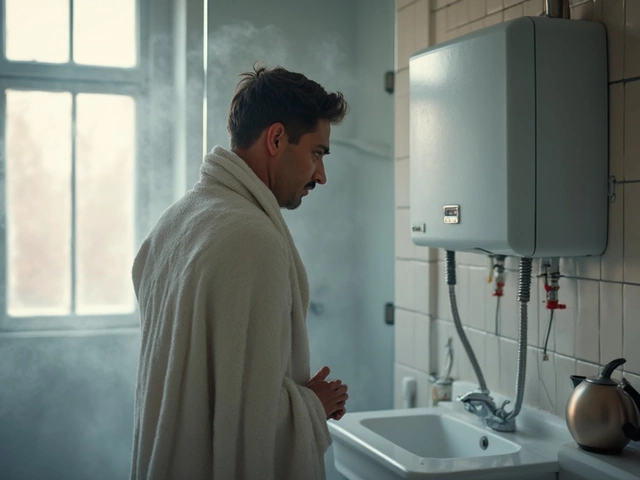Bathroom Fan Guide – Keep Your Fan Running Smoothly
If your bathroom feels steamy after a shower, the fan is probably not doing its job. A well‑kept bathroom fan removes moisture, stops mold, and keeps the air fresh. When the fan slows down, makes odd noises, or stops altogether, it can cost you more in repairs later. This guide shows you quick checks, easy maintenance steps, and signs that it’s time to call a pro.
Why Regular Maintenance Matters
Every few months, dust and hair build up on the fan grill and inside the motor housing. That soft layer blocks airflow and makes the motor work harder. Over time you’ll notice a weaker breeze and a louder hum. The extra strain can overheat the motor and cause it to burn out.
Besides the mechanical wear, a clogged fan lets humidity sit in the bathroom. Persistent moisture creates the perfect environment for mold on walls, tiles, and ceiling paint. Mold not only looks bad—it can trigger allergies and damage the structure of your home.
Cleaning the fan is a cheap way to avoid these problems. In most cases a simple brush and a vacuum are enough to restore airflow and keep the motor cool.
Simple Fixes You Can Do Yourself
1. Turn off the power. Before you touch anything, switch off the circuit breaker or the fan’s wall switch. Safety first.
2. Remove the cover. Most bathroom fans have a snap‑in or screw‑on grille. Pry it off gently, then pull the fan housing forward if it’s recessed.
3. Clean the grill. Use a soft brush or an old toothbrush to sweep away hair and dust. A vacuum with a narrow nozzle works well for deeper grime.
4. Check the motor. Look inside for any visible debris. If you see lint or small objects, vacuum them out. A quick blow with a can of compressed air can clear hidden dust from the motor blades.
5. Test the fan. Slip the cover back on, restore power, and turn the fan on. It should sound smoother and push more air. If it still sounds weak or makes rattling noises, the motor bearings might be worn.
6. Reset the thermostat (if applicable). Some fans have built‑in humidity sensors that can trip. Locate the reset button—usually a small pinhole—and press it with a pen tip.
These steps fix most common issues and can extend the fan’s life by months, sometimes years.
If the fan still won’t work after cleaning, or if you notice short‑circuit smells, sparking, or the motor humming but not turning, it’s time to call a professional. A licensed technician can safely inspect wiring, replace the motor, or upgrade the fan to a more powerful, quieter model.
At Rugby Appliance Repair Services we specialize in bathroom fan repairs. Our technicians know the local building codes and can get your fan back to full speed without breaking the bank. Give us a call for same‑day service and a clear price quote.
Keeping your bathroom fan clean is a small habit that saves you big headaches. Schedule a quick clean every three months, watch for strange noises, and don’t ignore a weak breeze. With a little upkeep, you’ll enjoy a dry, mold‑free bathroom year‑round.







